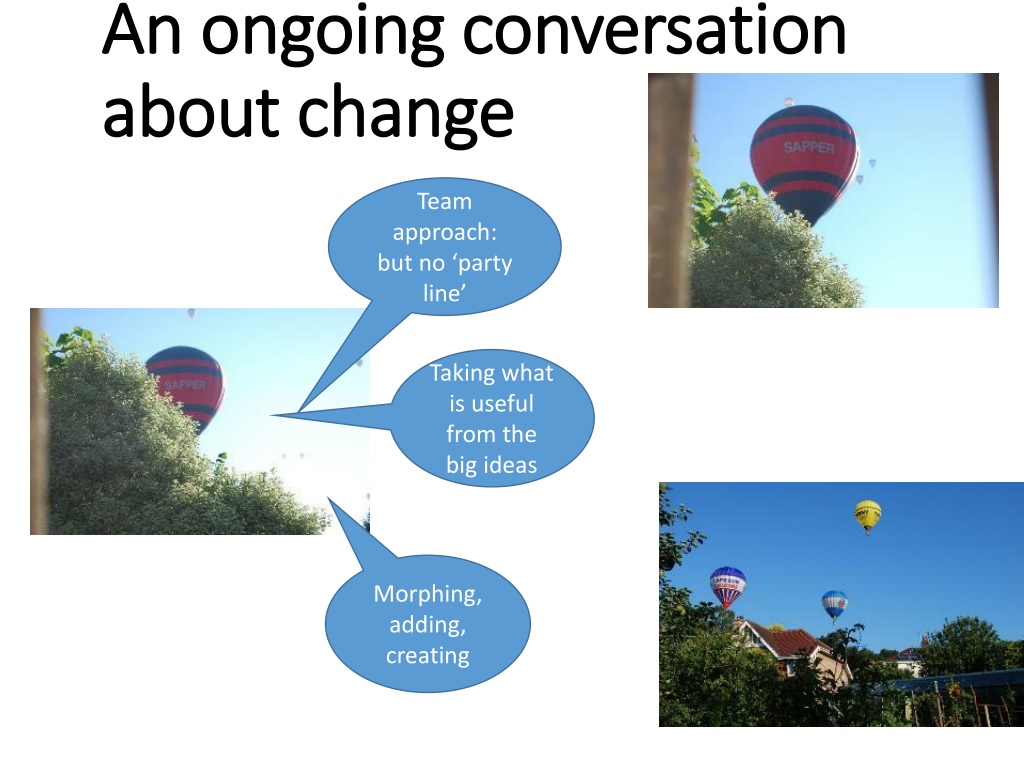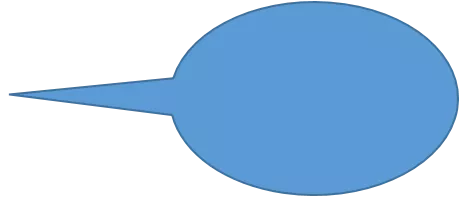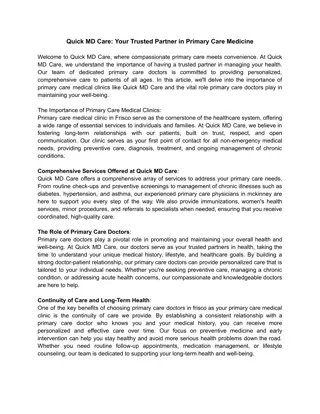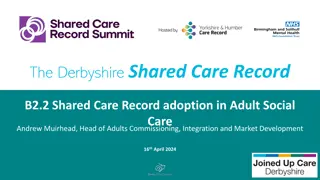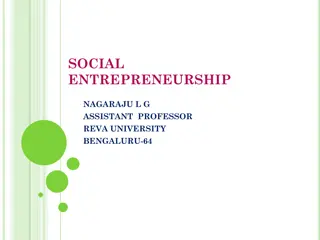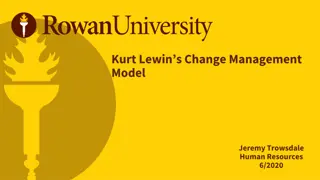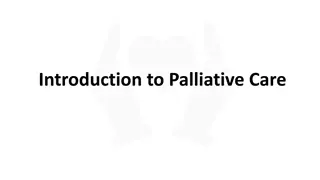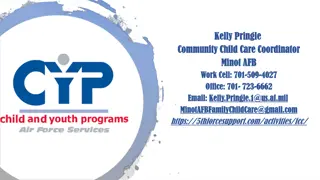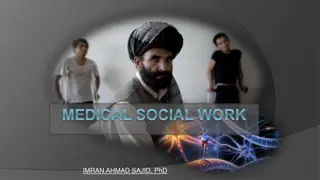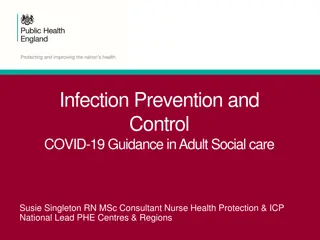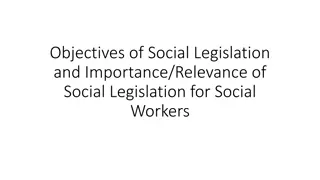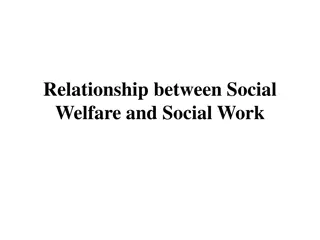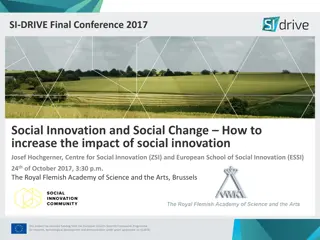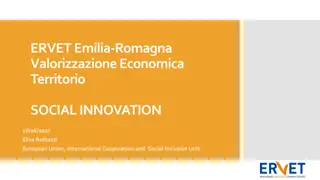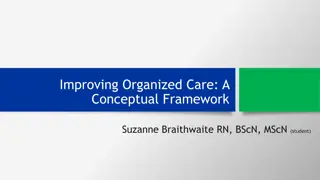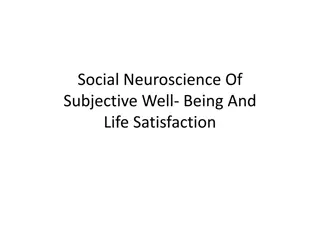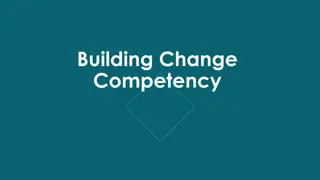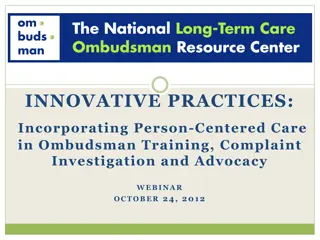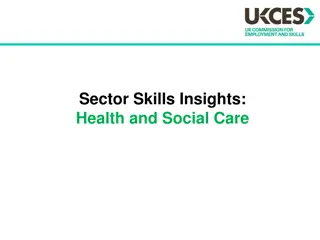Social Change and Care Practices: Challenges and Solutions
Exploring the challenges within care practices, this article delves into the need for a shift towards person-centered approaches, highlighting issues such as abuse, frustration, and bureaucratic hurdles. It discusses the "Justice for LB" campaign and the importance of understanding and reshaping social structures through social science. The focus is on promoting a culture of care and reimagining how social entities interact to facilitate effective change.
Download Presentation

Please find below an Image/Link to download the presentation.
The content on the website is provided AS IS for your information and personal use only. It may not be sold, licensed, or shared on other websites without obtaining consent from the author.If you encounter any issues during the download, it is possible that the publisher has removed the file from their server.
You are allowed to download the files provided on this website for personal or commercial use, subject to the condition that they are used lawfully. All files are the property of their respective owners.
The content on the website is provided AS IS for your information and personal use only. It may not be sold, licensed, or shared on other websites without obtaining consent from the author.
E N D
Presentation Transcript
An ongoing conversation An ongoing conversation about change about change Team approach: but no party line Taking what is useful from the big ideas Morphing, adding, creating
What is going wrong? What is going wrong? Bureaucratic and institutional approach to care Them and us mentality: professionals work to their own agenda, not on a basis of human right. Even with personalised services, the policy does not translate into practice Outcome: ABUSE (at worst); FRUSTRATION, DEMEANING self-concept; BATTLE to obtain what is needed to live one s life. General turn against those who scrounge on the state
Justice for LB campaign http://justiceforlb.org/#about Why? http://mylifemychoice.org.uk/campaigns/justice-for- lb/
The culture of care? The culture of care? Social practice of review dictates that the reviewers ask George for his opinion. But this does not always work. Should we be tweaking or changing the practice or radically overhauling it? What would George s own solution be?
How can social science help to How can social science help to understand and change how things understand and change how things get done? get done? Traditional social science responses: move between individual and group theories Disability theorists turn round the idea of what disability actually is. Spotlight on disabling society, not on ameliorating the individual condition The gaze of normalcy which disables and sets out some people as different, needy, unworthy failing to match up to the norm.
The turn towards practice The turn towards practice (Practices are) the central social phenomenon by reference to which other social entities such as actions institutions and structures are to be understood (Schatzki, 96: 11) Not interested in theorizing the individual mental state; nor in the social in a broad sense. This is about HOW THINGS GET DONE understanding/ intelligibility (basic medium for ordering our actions) Social formations: people perform interlocking actions entangled in particular relations & identities
To pee or not to pee? (Titchoksvky) What did you think about the stories told about access in this paper?
Sense making as the basic ordering Sense making as the basic ordering of social life of social life Analysing discourses to uncover sense making in society lying behind the talk. Shared understandings and rules, norms and values hold people together in cultures and practices then consist of social life in motion (Schatzki, 1996) If we can understand the ways in which social practices work , then we can start to change how things are done.
The micro approach: what is happening in routine conversation? Pip jobs did you have apart from apart from the one you re doing now (.) in reception? (looking up at Henry, eyebrows raised) what about (.) JOBS Henry? what other Fred Woofit s(Pippa looks towards Fred) Ann Woofit s Garage cleaning cars (Pippa writes on form) (clears throat) very good at that (4) Pip have any more was it just cleaning cars there or did he Hen in Wooffitts cleaning cars and sweeping up in the gar Pip yeah sweeping up? So it was just generally tidying up and helping the people [out (looks at Henry) Hen [tidying Pip and helping the people out Hen [yeah Pip [OK
Can this type of analysis lead to Can this type of analysis lead to change? change? Going wider: Macro context Effects on mental health of claimants for ESA (work capacity assessments). 2012-13: 2,380 claimants of ESA who had been deemed fit for work died. Correlations with suicide rates, increased mental illness (Aaron Reeves, Uni of Oxford) So, a macro solution for a macro problem?
Linking the micro with the macro The power differential The way things get done is not on the terms of disabled people.
The micro level (interaction) reflects wider imbalances in power It also re-creates wider imbalances (makes them acceptable) BUT WE CAN INTERVENE across this spectrum!
Social Practice Theory Social Practice Theory Analysis of wider elements of social practices (not individual psychology) Types of routine behaviour elements from 3 domains: competence; material objects; meaning.
Elements coming together to form practices CHANGE??????? Competence Materials Meaning
Why then do some social practices Why then do some social practices become stuck? And change? become stuck? And change? Identity Power Practices: Practices and misfitting? WHAT DO YOU THINK?
Application to disability Application to disability inequalities inequalities Turning from professional practices towards wider understandings (including disabled people as active agents) Can be understood as shifts of power In actual interactions In wider structures
Challenges for disability research & Challenges for disability research & analysis of social practice analysis of social practice Emancipatory agenda: social movement of disabled people (see Young, 1996: relational politics) Collection of data about what is ACTUALLY happening ( naturally occurring ) Finding new ways of linking the micro and the macro Identifying the practice focus (i.e. what level ) Finding the levers for change.
